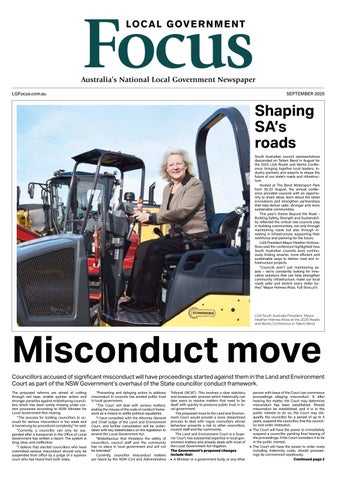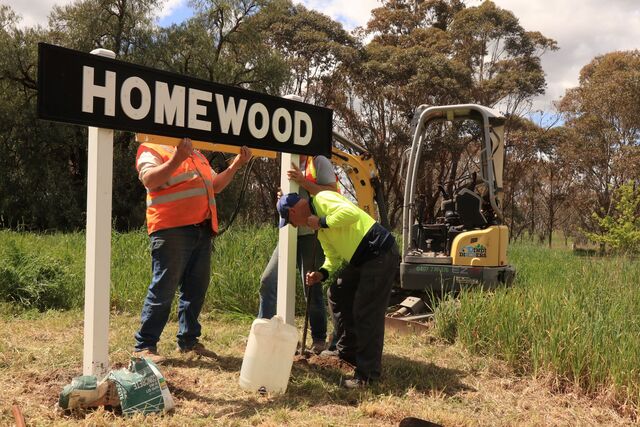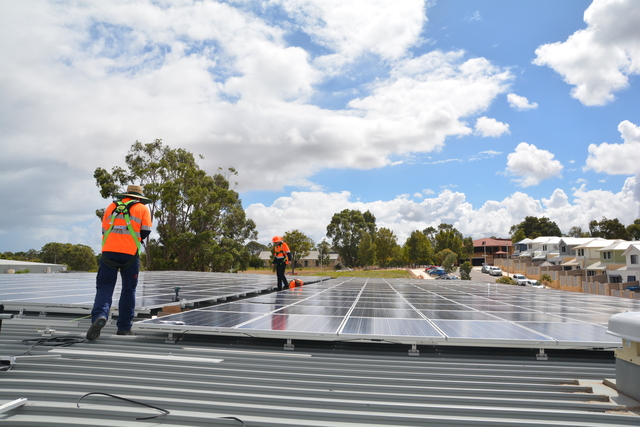By Rob Cook
Successful procurement depends on establishing meaningful connections between buyers and suppliers.
Today, technology is assisting local authorities in ways that weren’t previously feasible.
One commonly accepted practice is e-tendering, where organisations harness the power of the Internet to communicate their needs, seek offers from the marketplace and then evaluate the incoming submissions.
Such tools are far removed from simple Google searches and mass email blasts. Indeed, procurement ecosystems, like the supplier marketplace, which forms the backbone of TenderLink’s e-procurement system, take the hit-and-miss out of the process. Buyers can ensure their needs are met by publishing their specific requirements to an audience as wide or narrow as they see fit.
But the technology is not limited to tenders, and forward-thinking organisations are using it to enhance their supplier relations.
Take a regional Queensland council as an example. The procurement team recently went out to market using our technology – not to drive down prices, but to learn more about their existing supplier base. The council sought to ensure reliability of service, and wanted to make sure that all locations could be serviced and that contingencies existed for out-of-hours support, etc.
To achieve this, the council published a select/private notice to existing vendors using the TenderLink evaluation tool – a toolset already familiar to both sides. A custom-built online response form detailing the information required was emailed to the council’s supplier base. This was much easier and more efficient than emailing each supplier and waiting for their response. And because the form collects the information in exactly the format required by the council, it avoided procurement staff having to sift through emailed replies and then copy and paste responses into a spreadsheet for analysis. They simply unlocked the electronic tender box and then downloaded the response file.
The result? After building the online response form, the council emailed 3,904 notifications to existing suppliers with one keystroke. More than a fifth of the recipients viewed the request online, 642 downloaded the documentation and 260 submitted a formal response.
The council was more than satisfied because it learned as much from suppliers that didn’t respond as it did from those that participated. It was able to simultaneously get a detailed understanding of the capability of responding suppliers and to put a question mark against some existing suppliers who failed to complete the survey.
For suppliers, the process was seen as a reinforcement of the business relationship with the council. They were able to gain some insight into potential changes in the Council’s requirements, while vendors who might not have had much council business could see signs of active buyer intent and the possibility of opportunities on the horizon.
In many fields, technology is specifically designed to replace rather than improve relationships. We, on the other hand, believe that when used appropriately, flexible procurement technology can enhance the vendor-client relationship. This is important because in the end, people do business with people. It’s also important as procurement moves from an administrative function to a strategic activity designed to promote efficiency throughout organisations by buying the best goods and services, at the best price, and delivered in the most efficient manner.
Rob Cook is Marketing Manager of TenderLink (www.tenderlink.com), one of Australasia’s largest web-based procurement networks.
*Copy supplied by TenderLink







